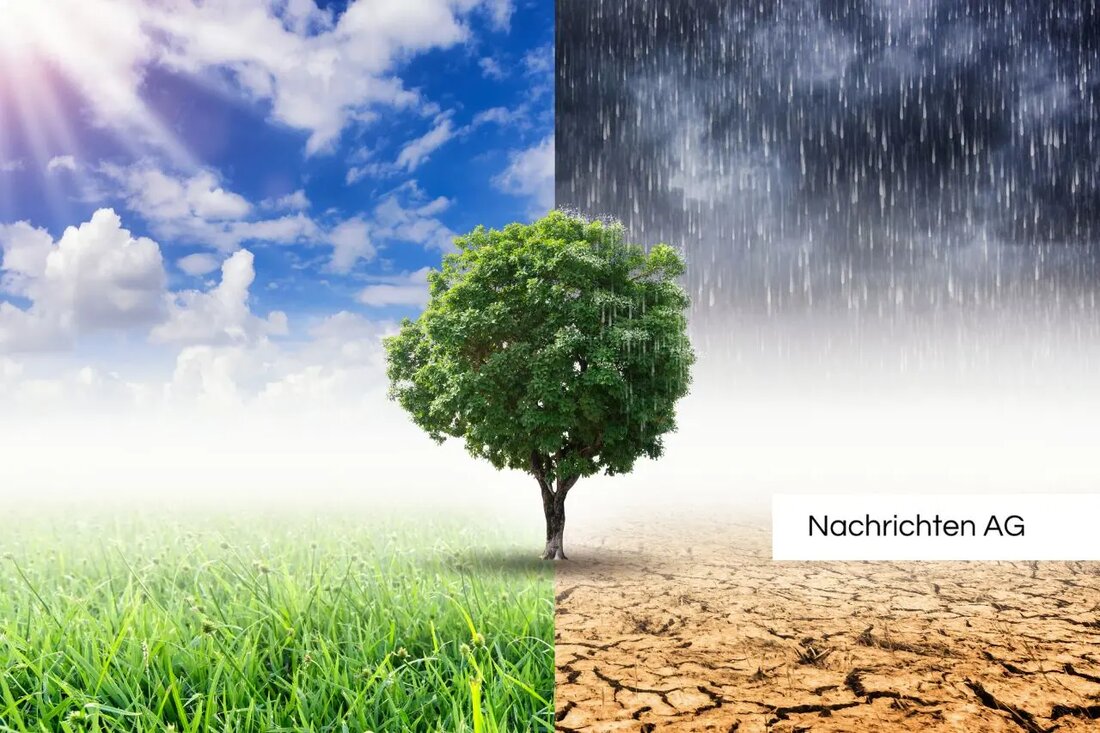Winter miracle in the botanical garden: discover the snow -covered splendor!
Winter miracle in the botanical garden: discover the snow -covered splendor!
The botanical garden on the Lahnbergen in Marburg is currently showing itself in an impressive snow -covered winter landscape. Despite the cold, there is no salt on the paths to protect the plant roots. A dense blanket of snow covers the trees and shrubs, including the hanging cedar, and ensures a picturesque backdrop. According to op-marburg.de the alpinum in the botanical garden is created as a hilly landscape and extends over a hectare in which plants can be found from different mountains.
Here species grow from New Zealand, Himalaya, East Asia, the Pyrenees, the Apennine, the Carpathian and the Alps. Corinna Stroetmann is responsible for the design and maintenance of the alpine and enables visitors to “mountain hike” via several continents. The winter time offers special insights into the plant structures, says Alexander Ruppel, the technical director of the garden, who appreciates the calming atmosphere during the cold season. This winter silence is in contrast to the dynamic changes that have been caused by less frosty winter days in the region in recent years.
protection and adaptation of the plants
The alpine tubs with its mountainous plants. Snow acts as insulation and protection for the plants. It is surprising that frost and snow-rich winter can promote the growth of plants in spring and summer. However, the Marburg climate differs greatly from the alpine conditions, which means that the mountainous plants in the alpine are real adaptation artists. Longer wet times and extreme cold without snow represent unfavorable climatic conditions for these plants.
At the moment, the winter snow ball and the fragrant snowball are in particular blooming, while the Yucca palmlily robustly defies winter conditions. The concept of the alpine describes not only the presentation of the mountainous flora, but also the ecological challenges that these plants have to master. With regard to alpine plants, the terms "alpine" and "alpic" are decisive, whereby "alpine" refers to the geographical and ecological name for the occurrence in the high mountain level, while "alpic" has a purely topographical context, such as botanischergarten-frankfurt.de documented.
The conditions in the Frankfurt alpinum are not comparable to those in the high mountains, since many of the plants for alpine plants are missing characteristic characteristics in the lowlands. Nevertheless, the alpine gives an impression of the diversity and form of high mountain vegetation. With around 800 different fern and flowering plants from European mountains, it is a place of great botanical and aesthetic importance, despite the challenges that arise from the changing climate.
climate change and alpine plant
The robustness of the alpine habitat compared to climate change is shown in different snow and temperature conditions. Studies, such as those of Daniel Scherrer at the Alpine research and training station Furka, show that alpine plants apparently suffer less from climate change than often assumed. Using high -resolution thermal imaging cameras and temperature probes, Scherrer researched the thermal small habitats on mountain slopes in Switzerland, which are due to their specific geomorphology, such as the Syntopia alpina , have big differences in the snow cover. Mulden can be covered with snow until the end of July, while adjacent areas are snow -free much earlier.
In particular, the alpine ecosystem shows that many plant species are not only threatened by climatic changes and temperature differences, but are also adapted sustainably. Clear insights into the influence of temperature and climate conditions on the Alpine Flora can provide essential impulses for nature conservation and care of similar ecosystems.
| Details | |
|---|---|
| Quellen | |


Kommentare (0)